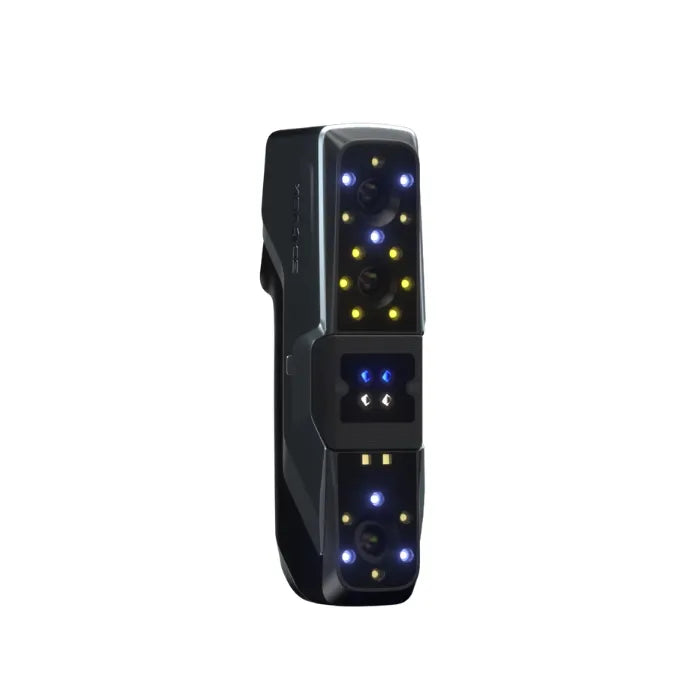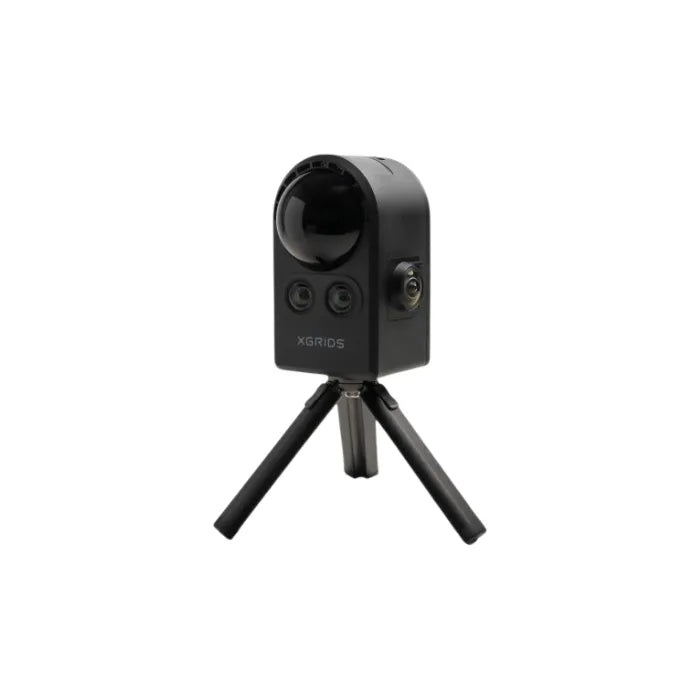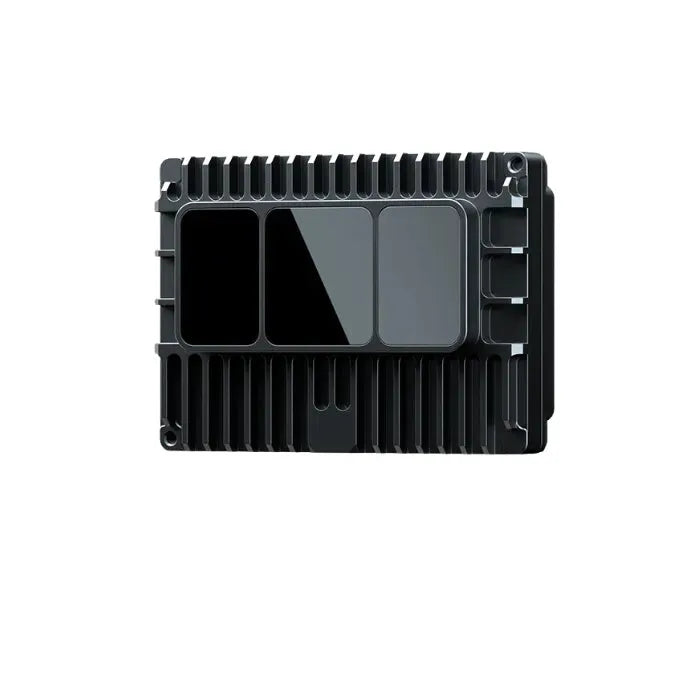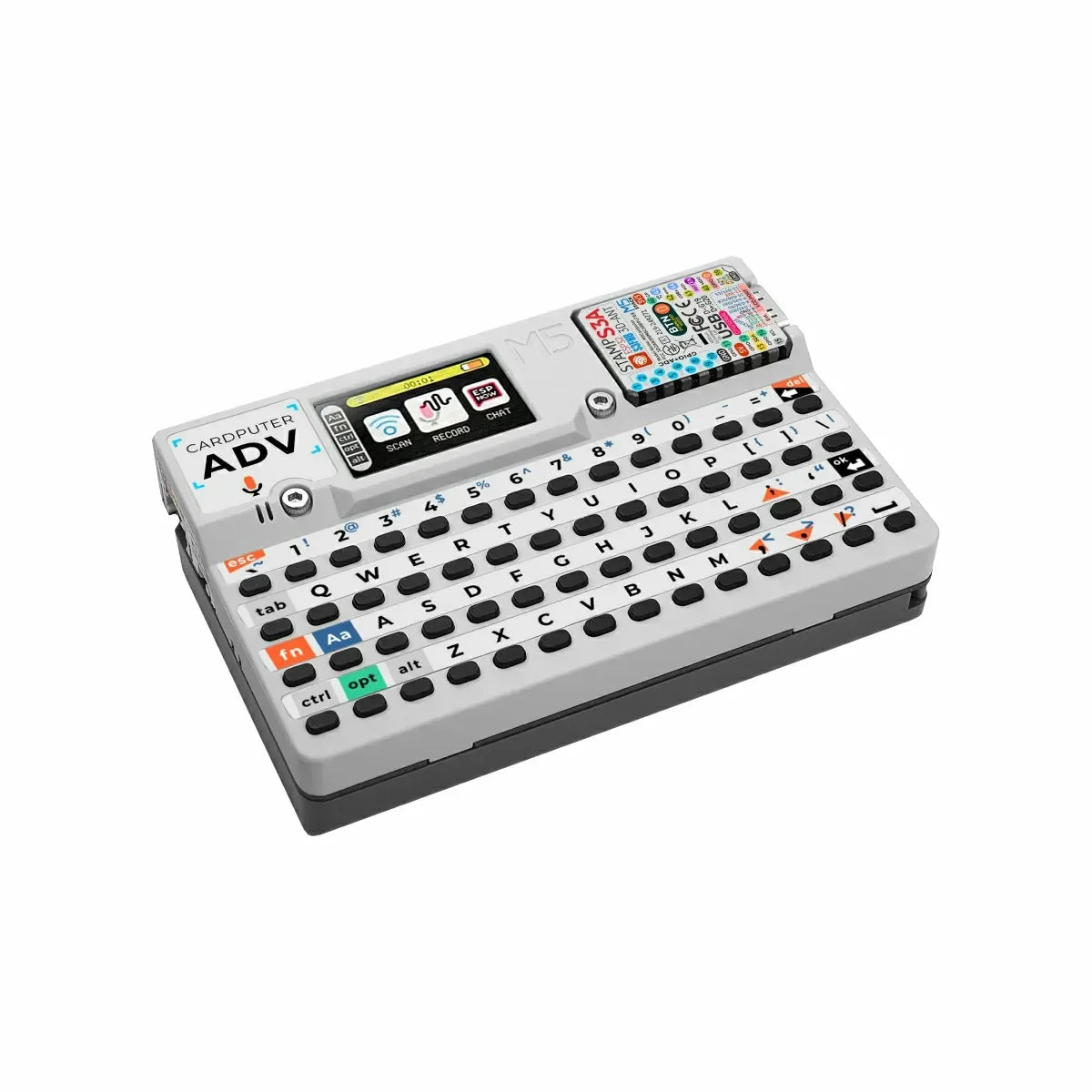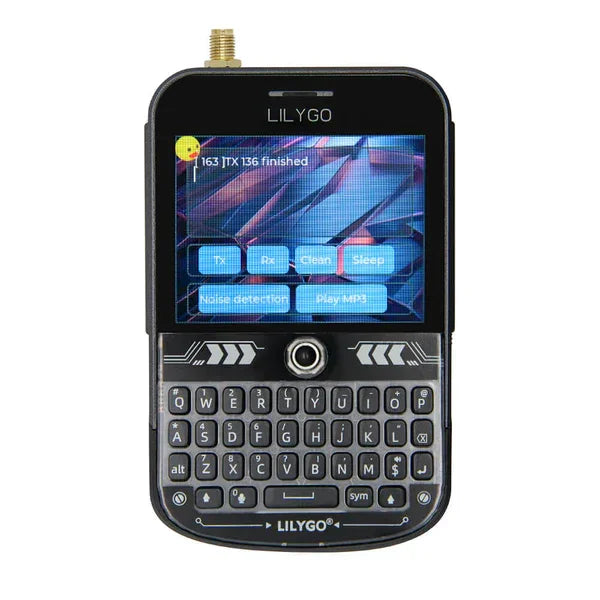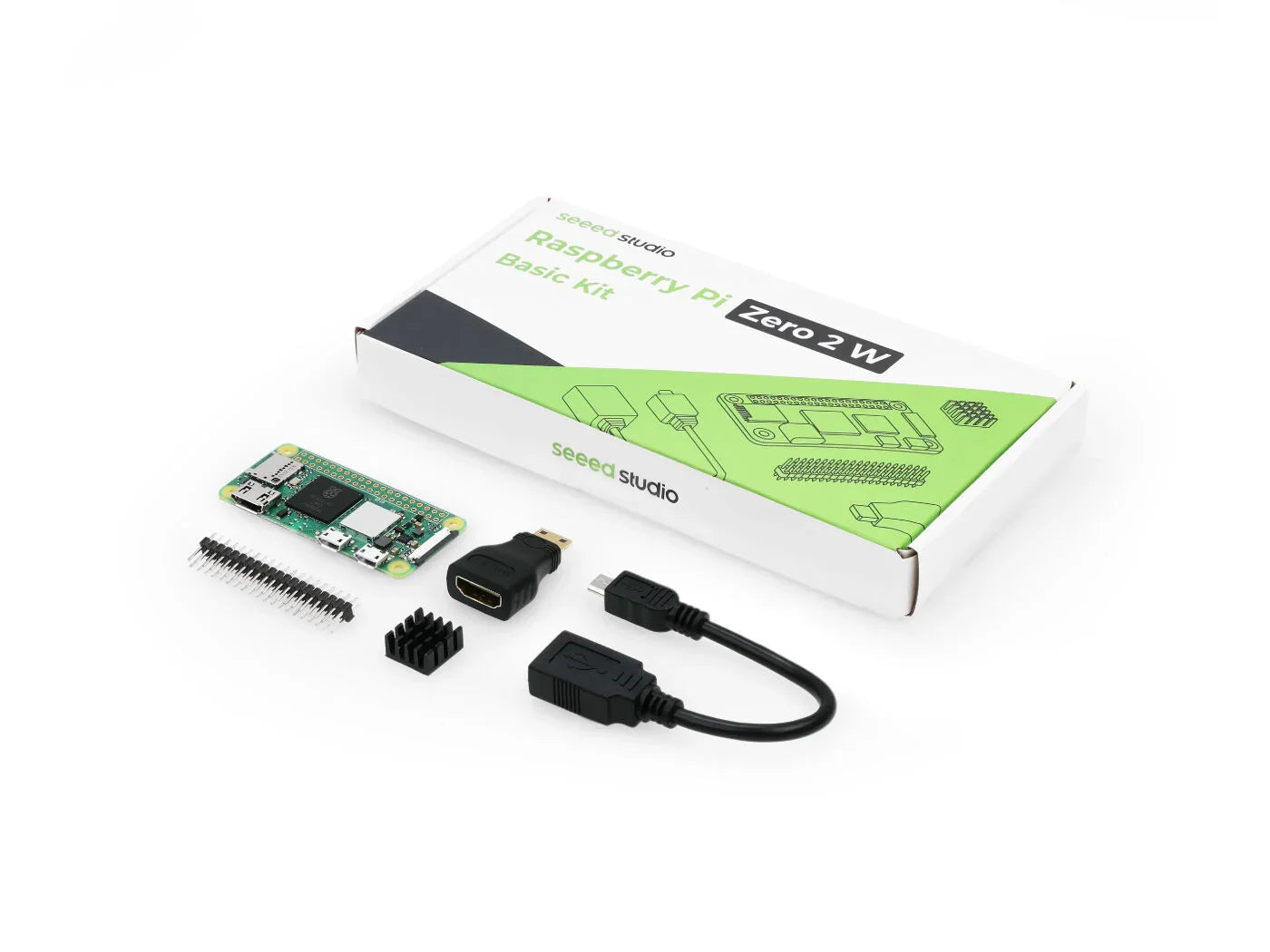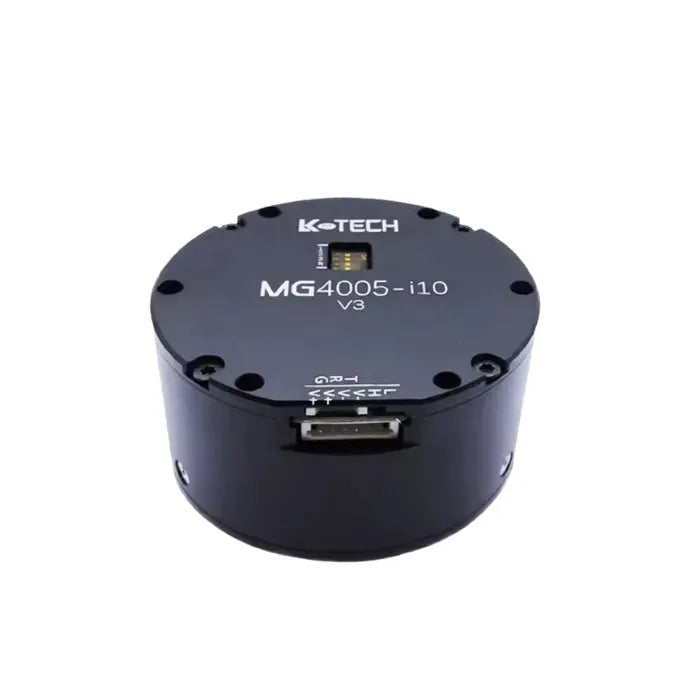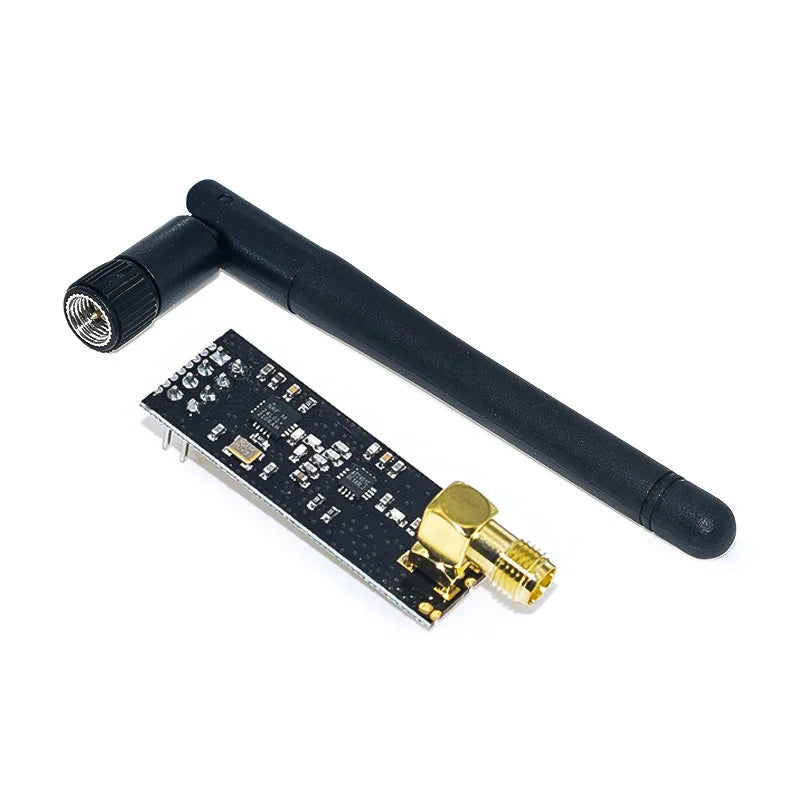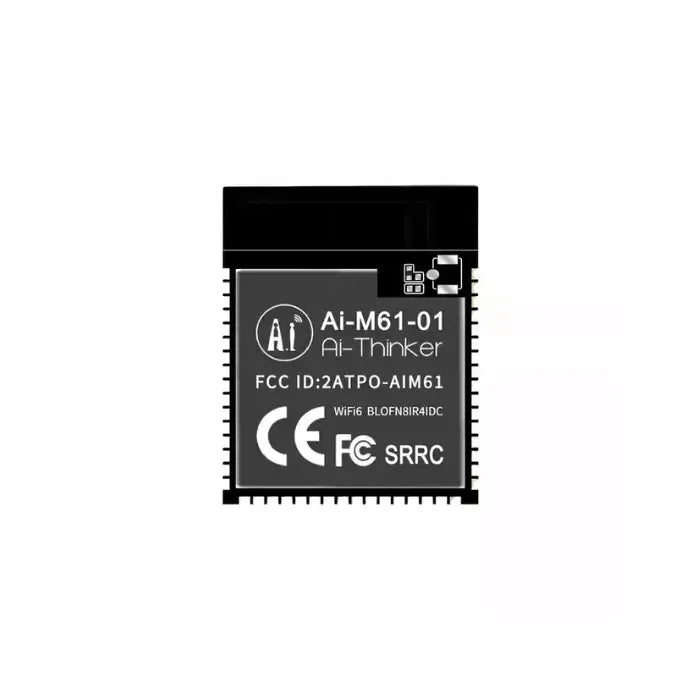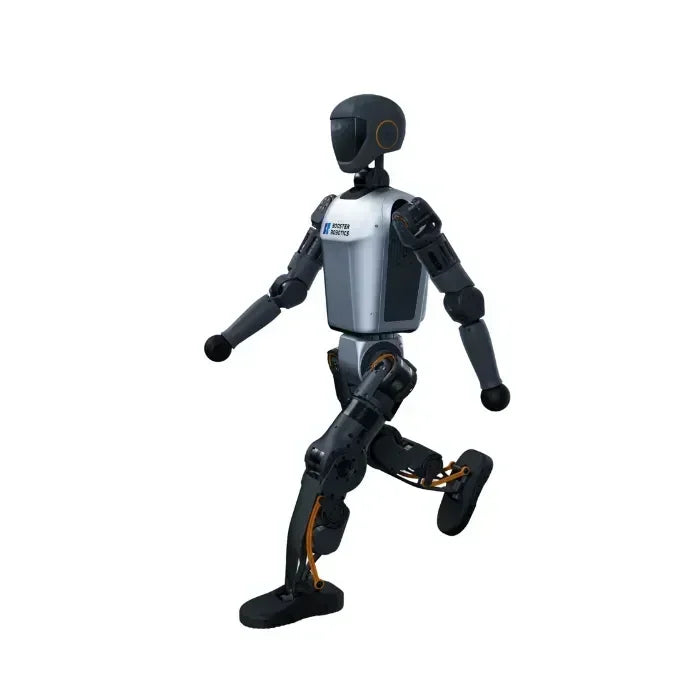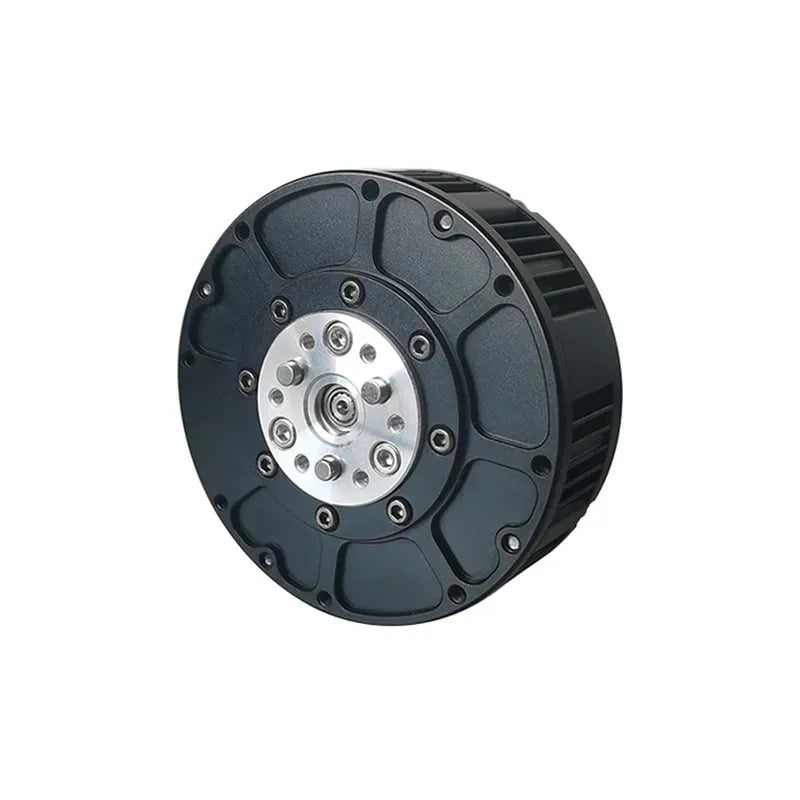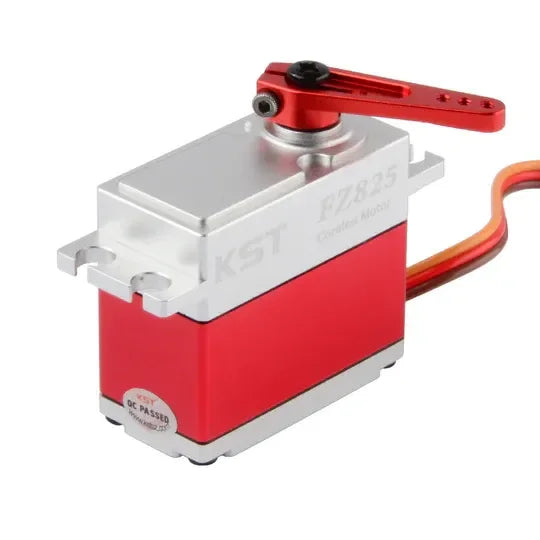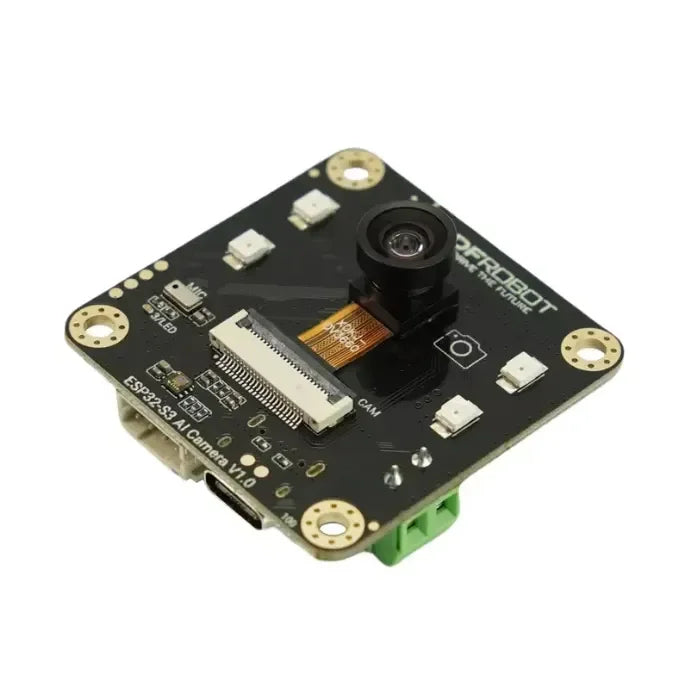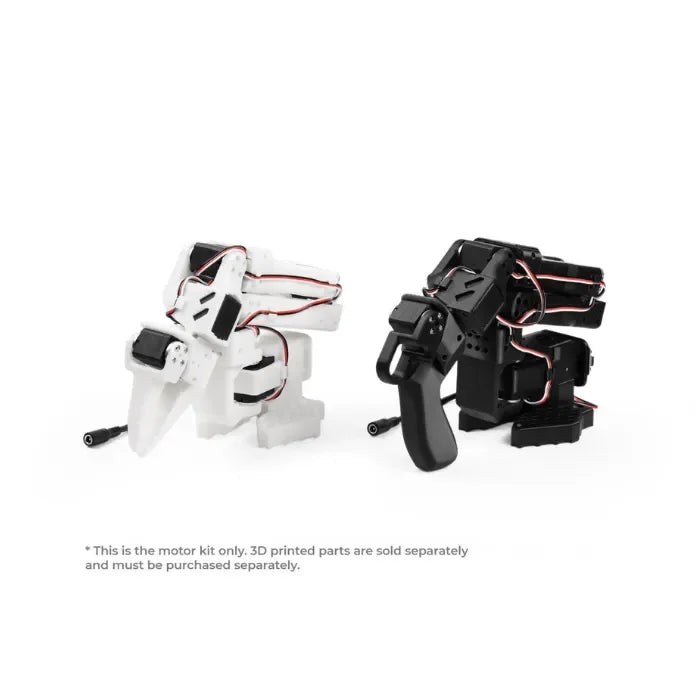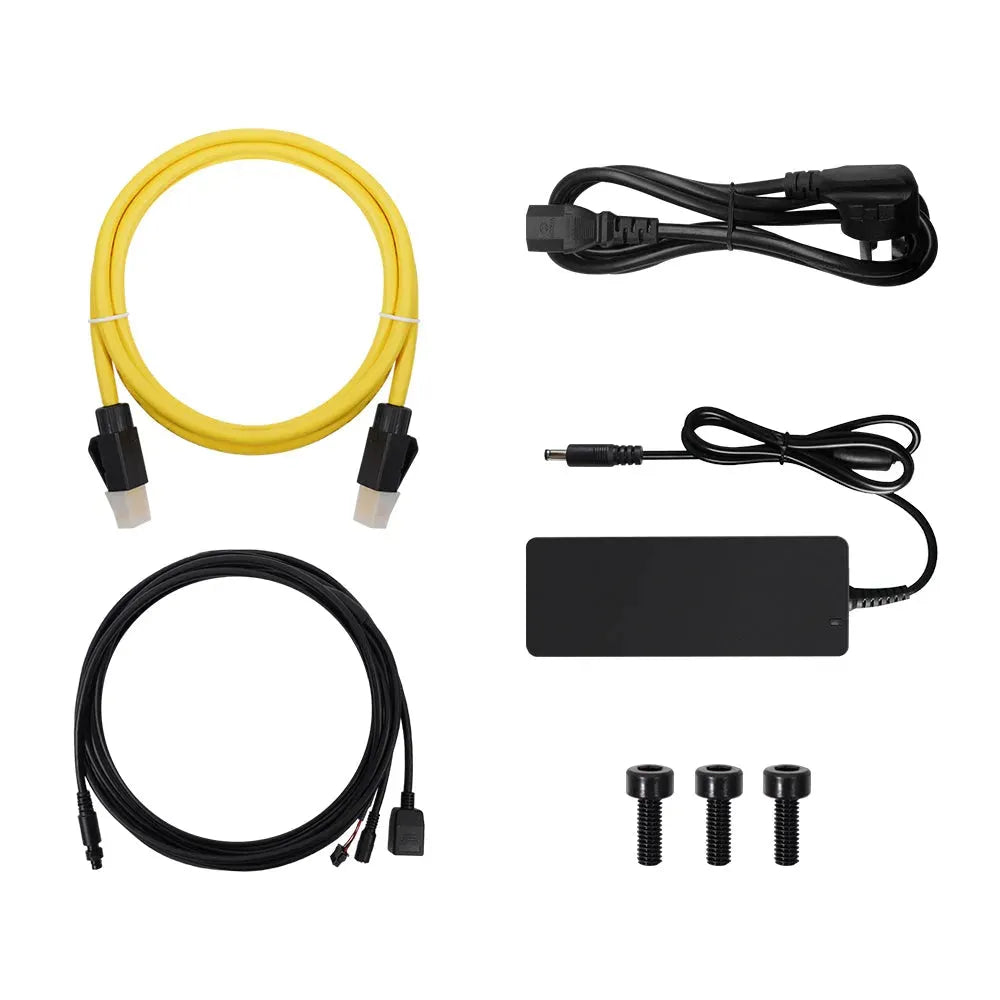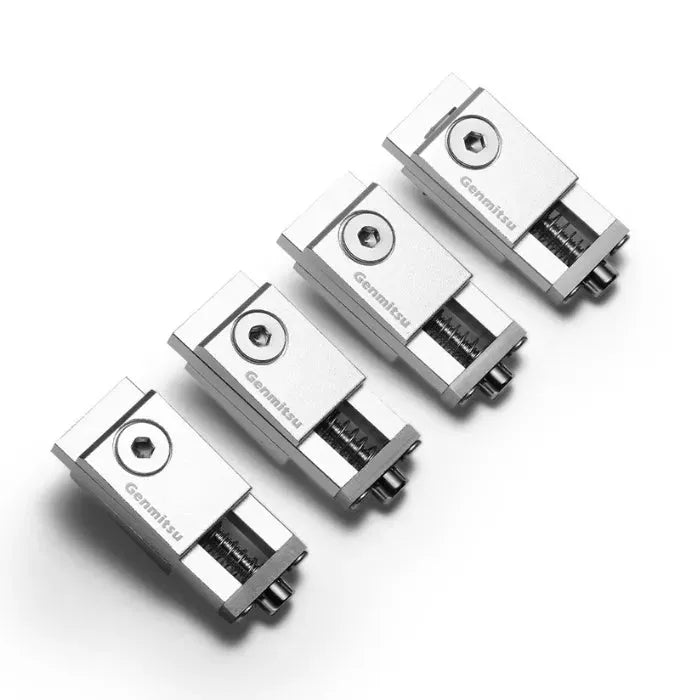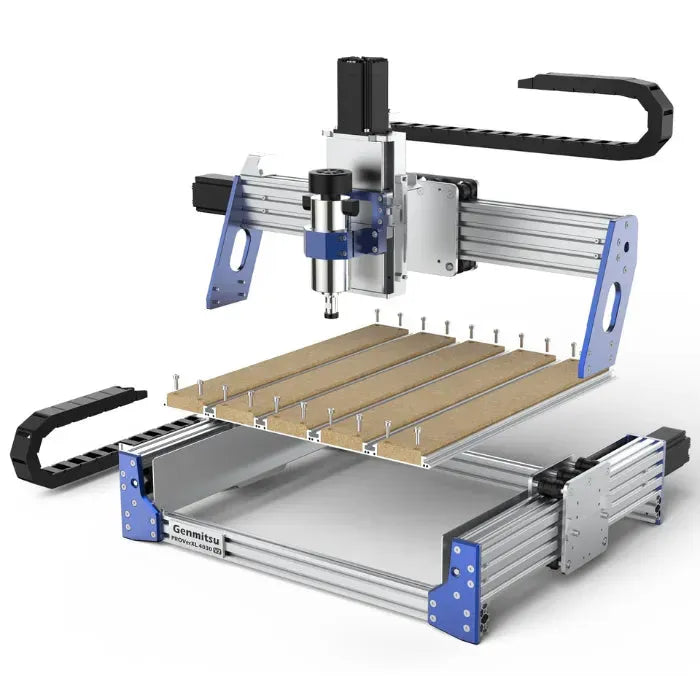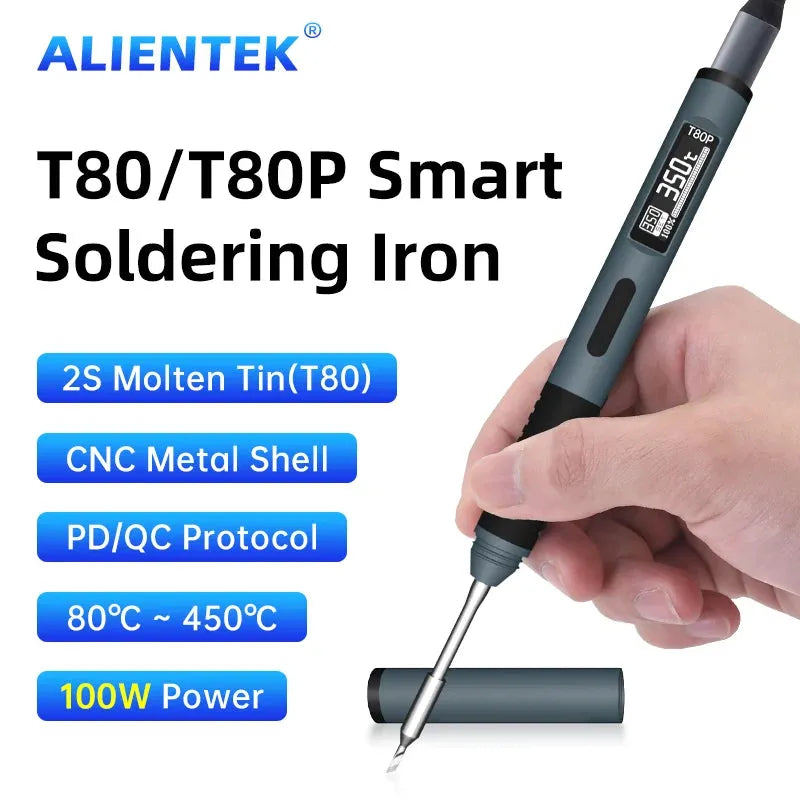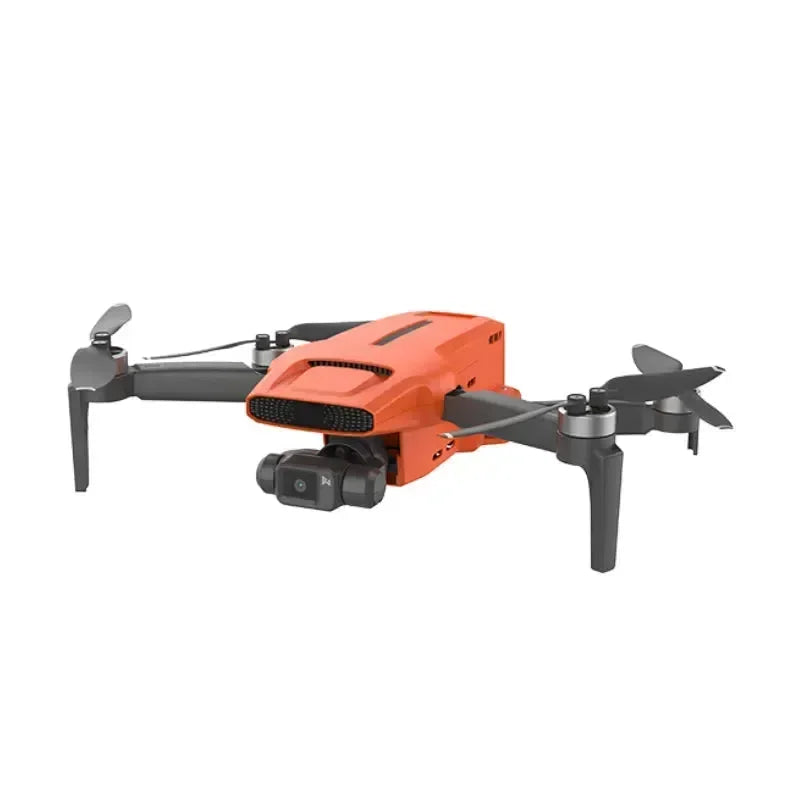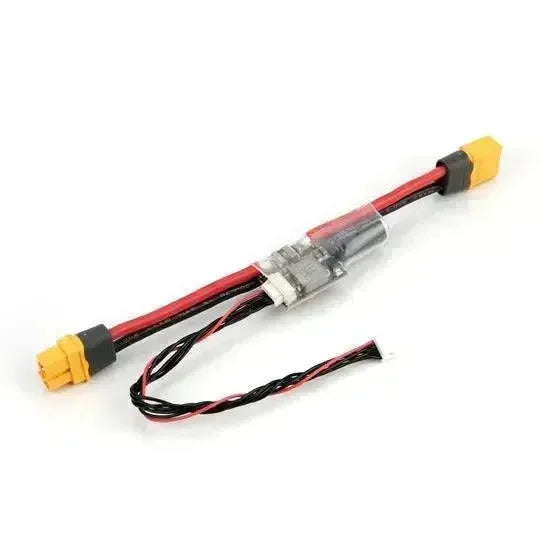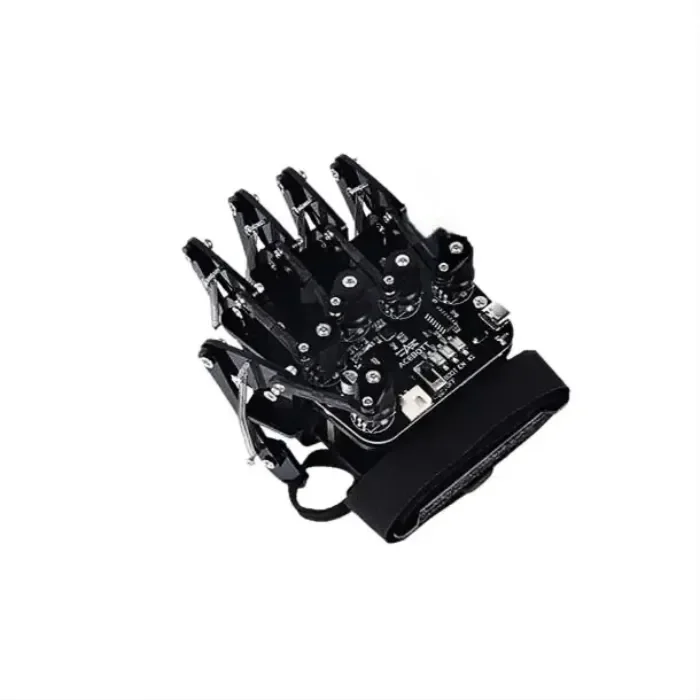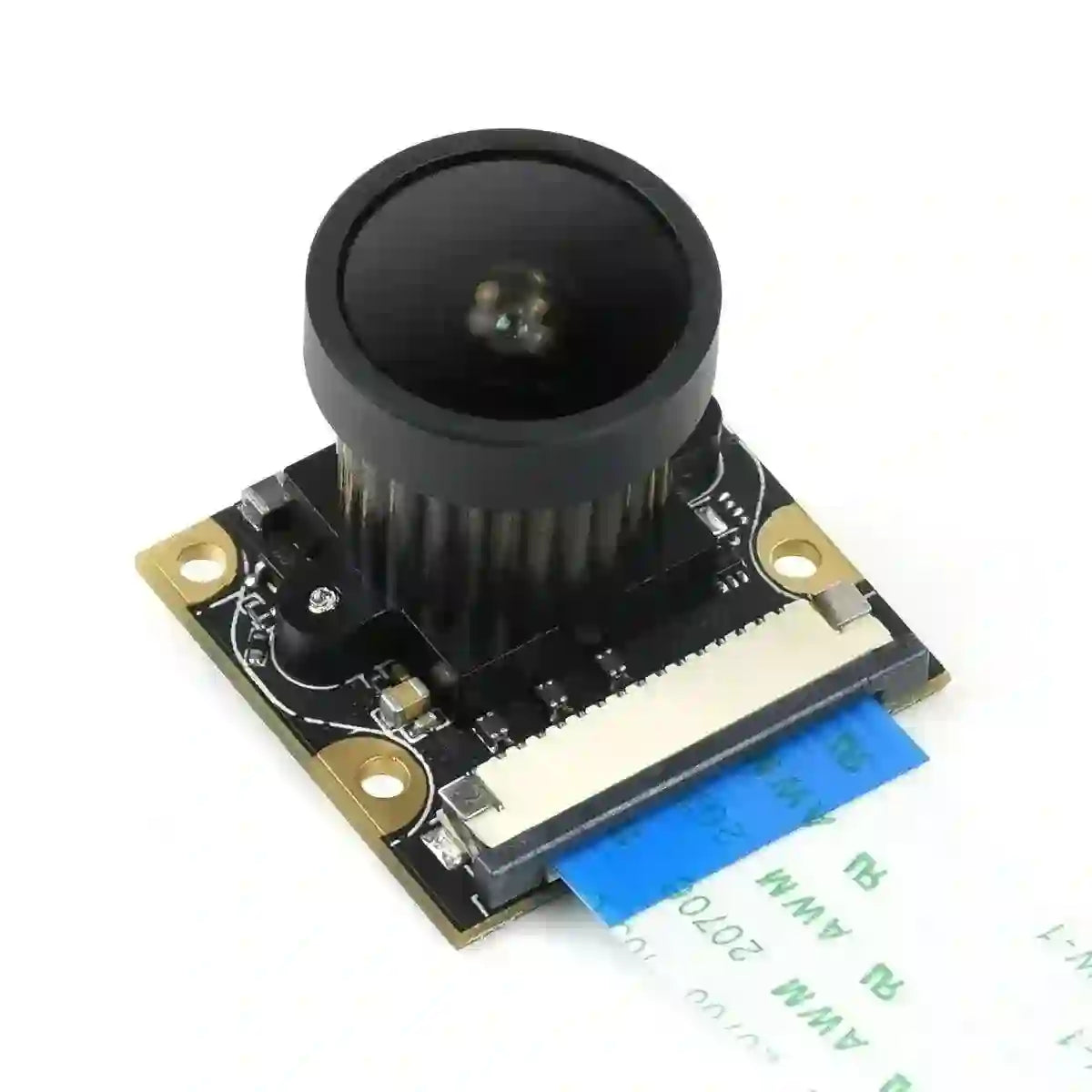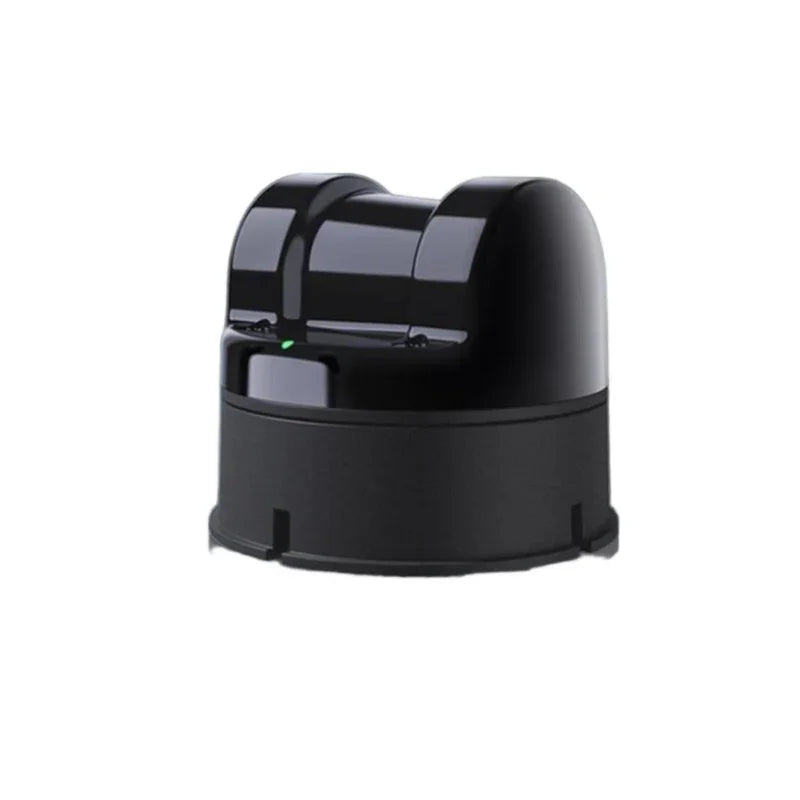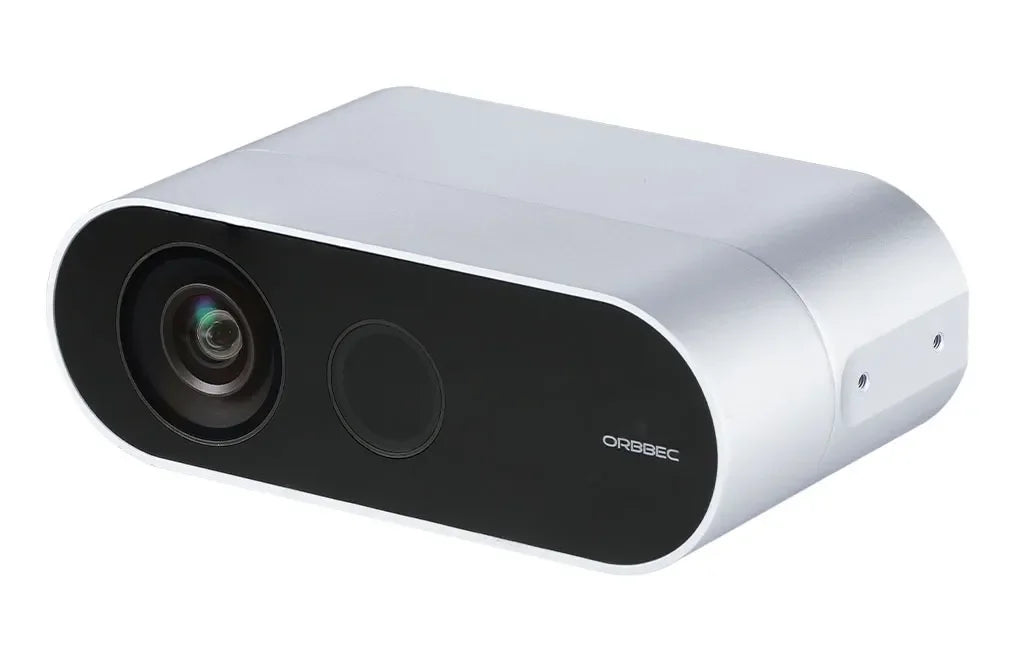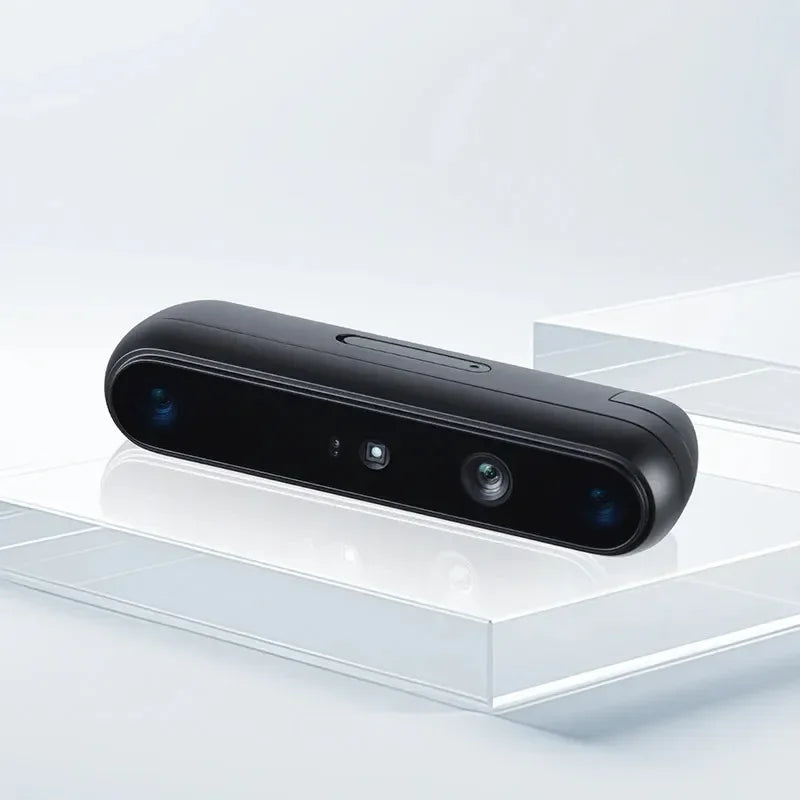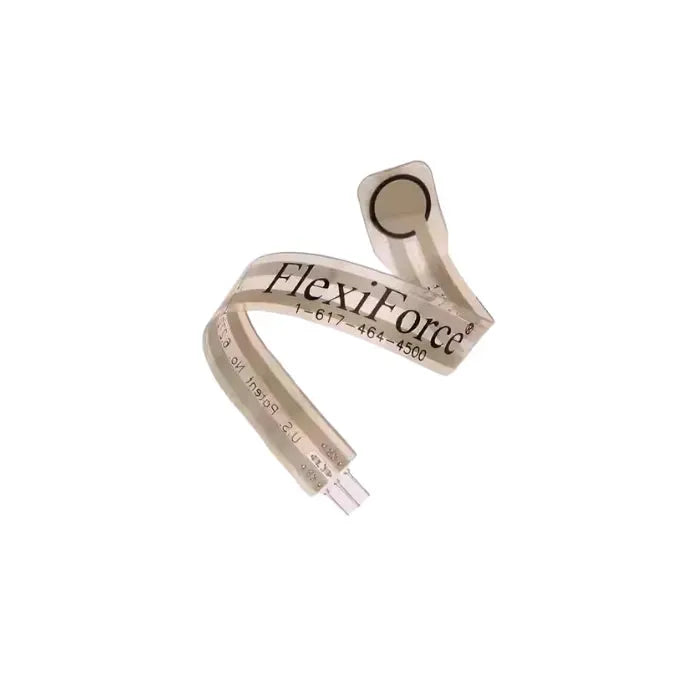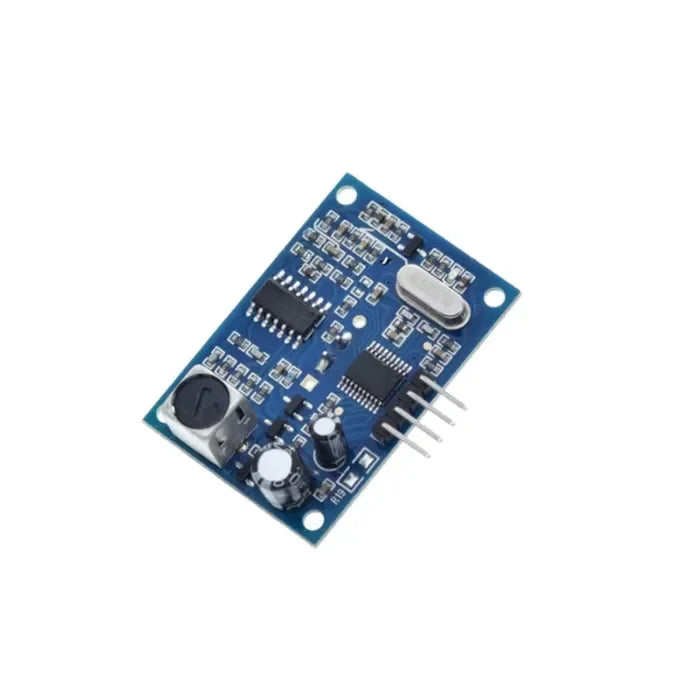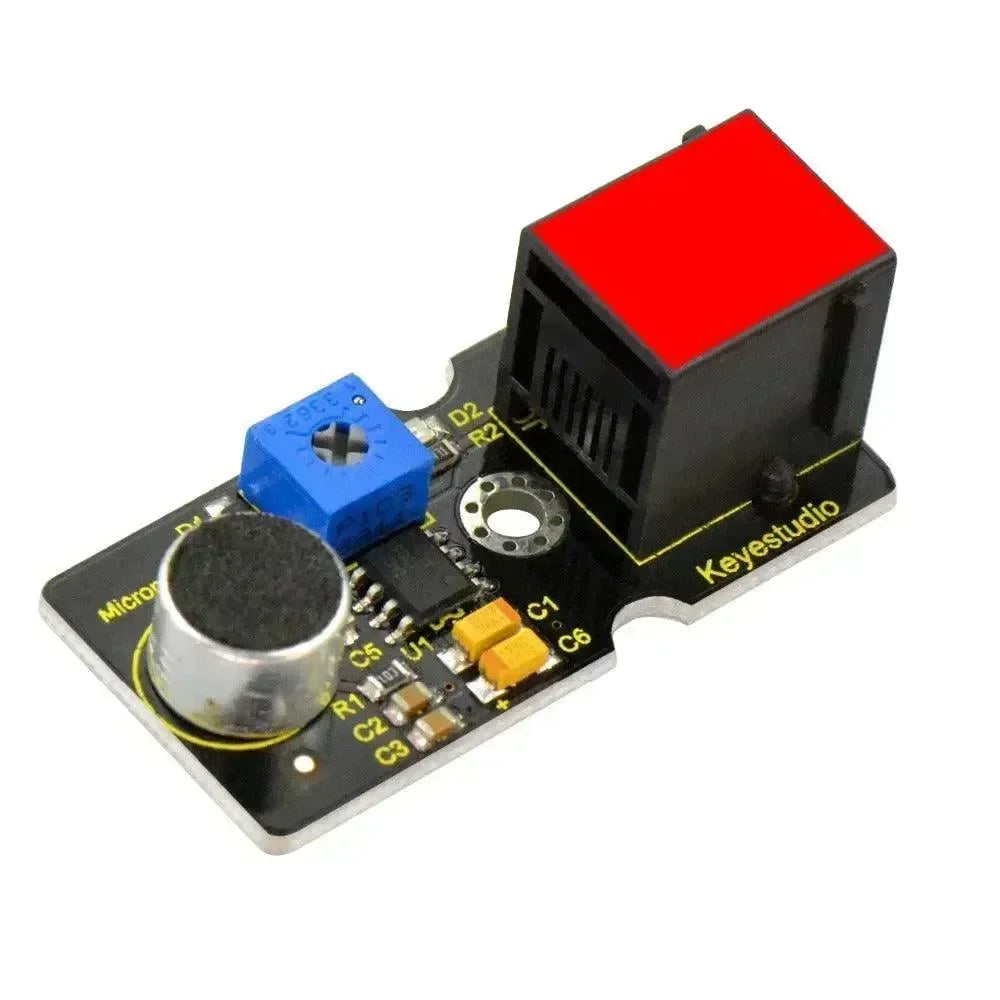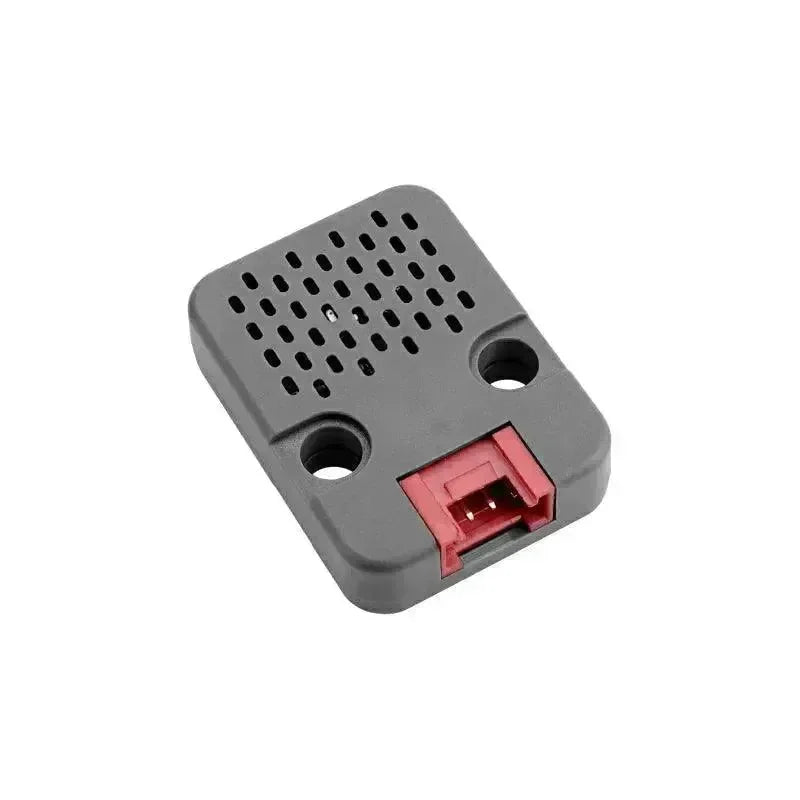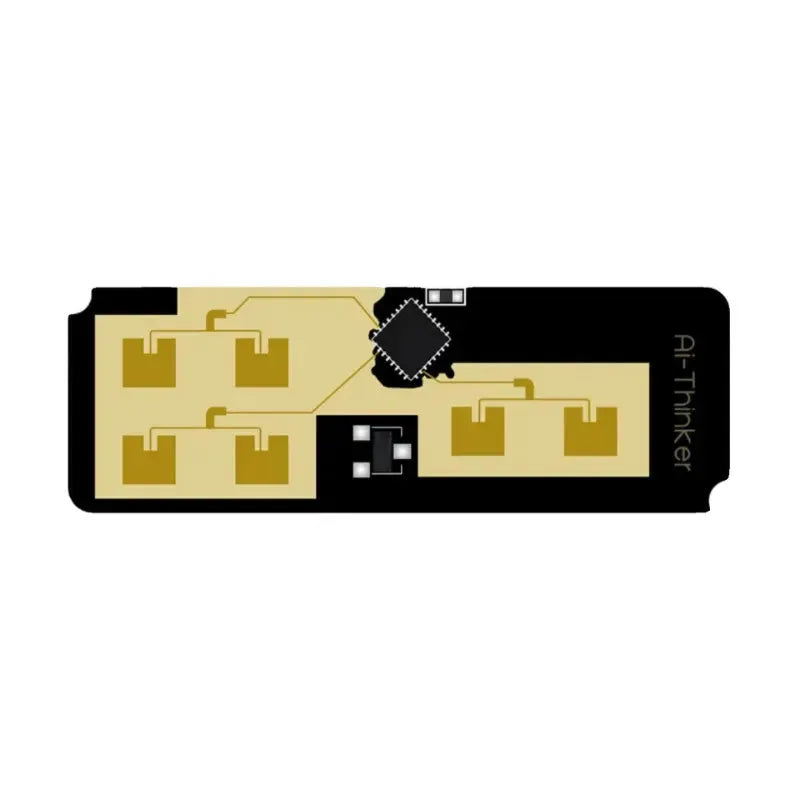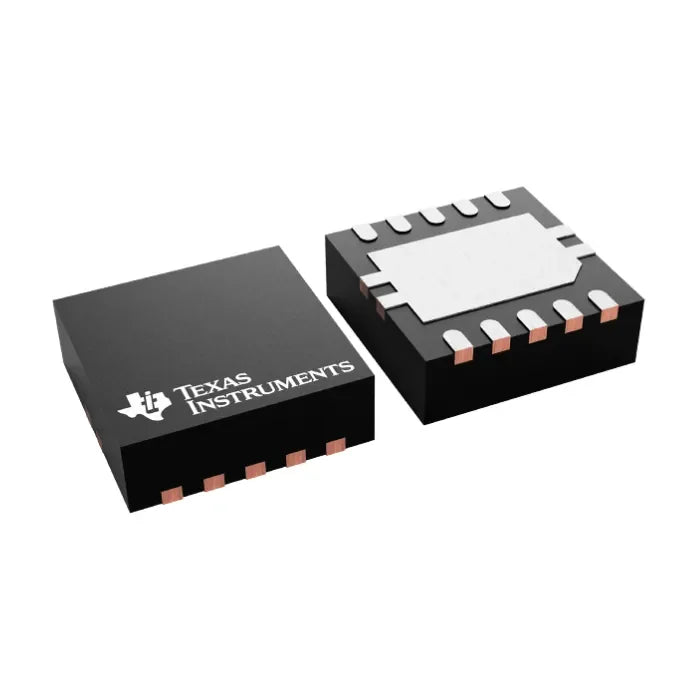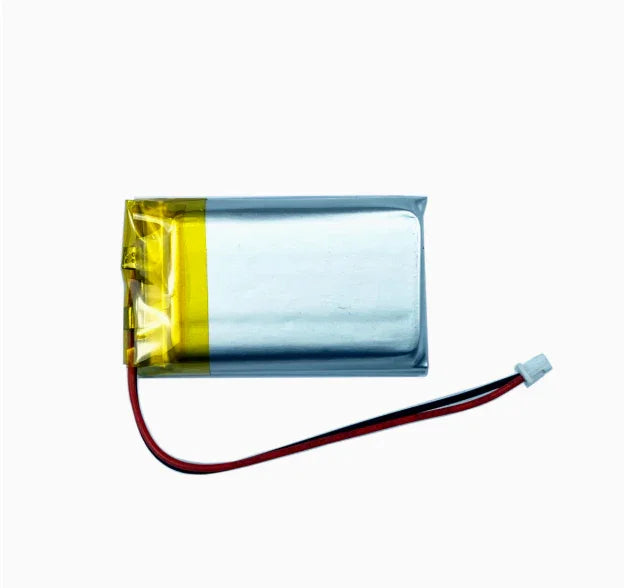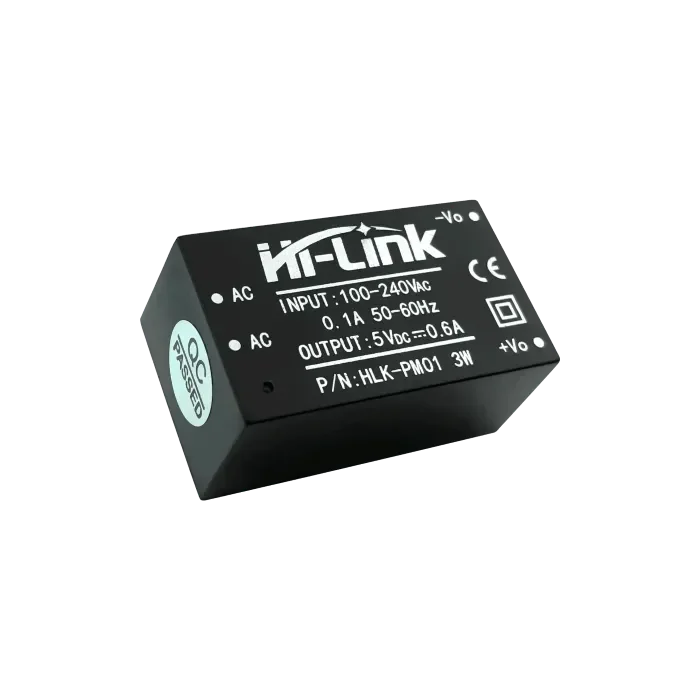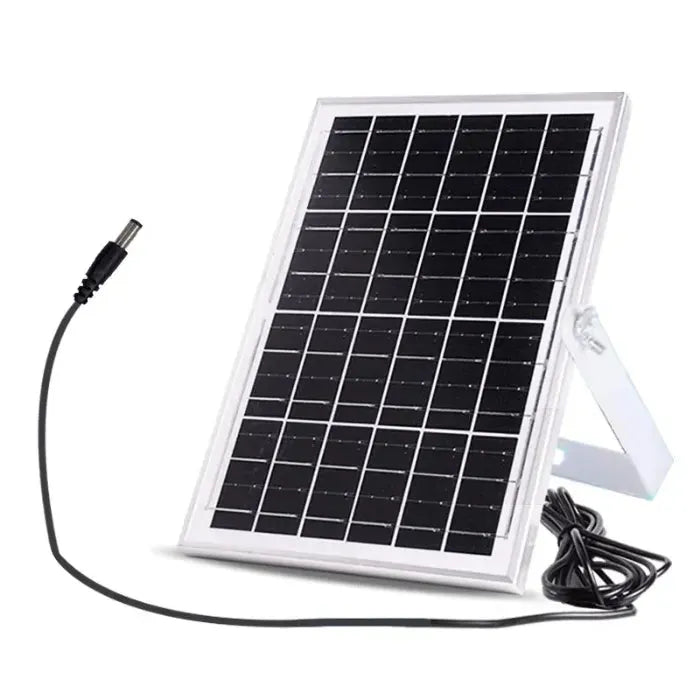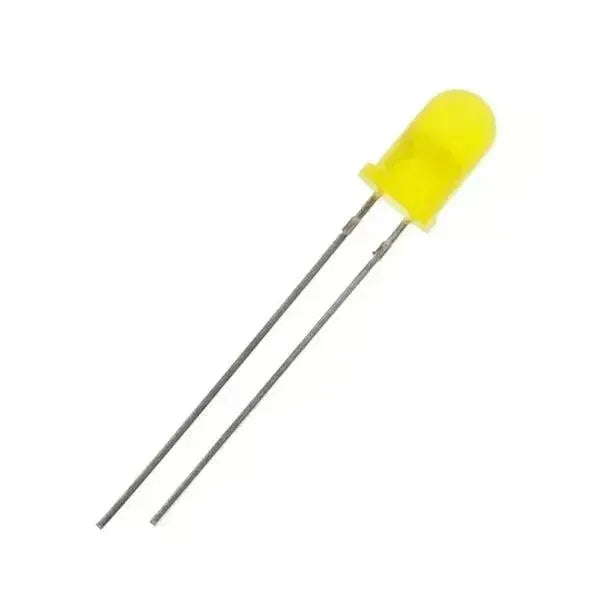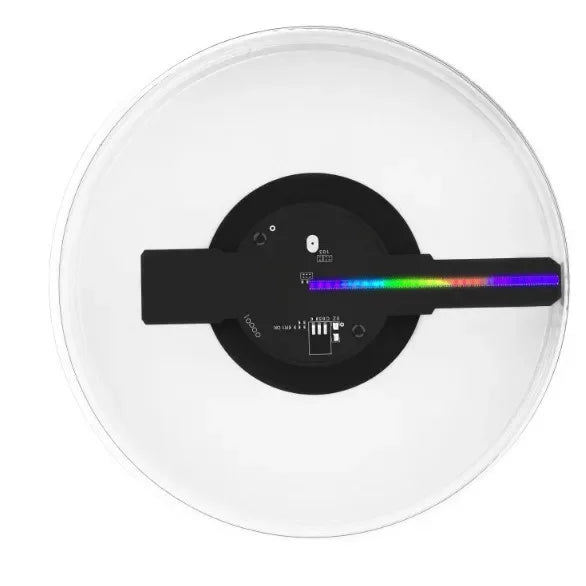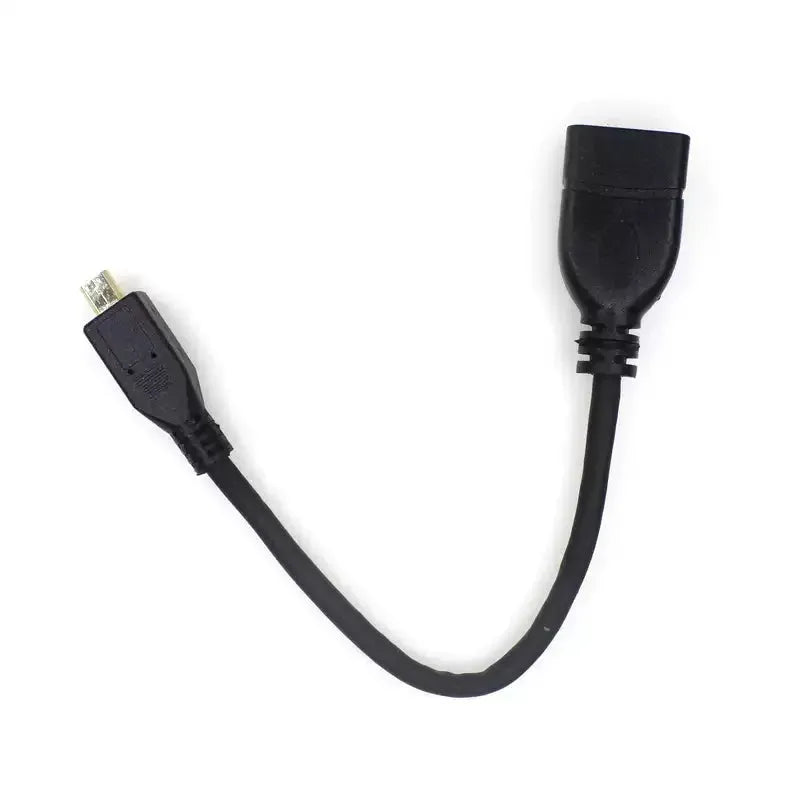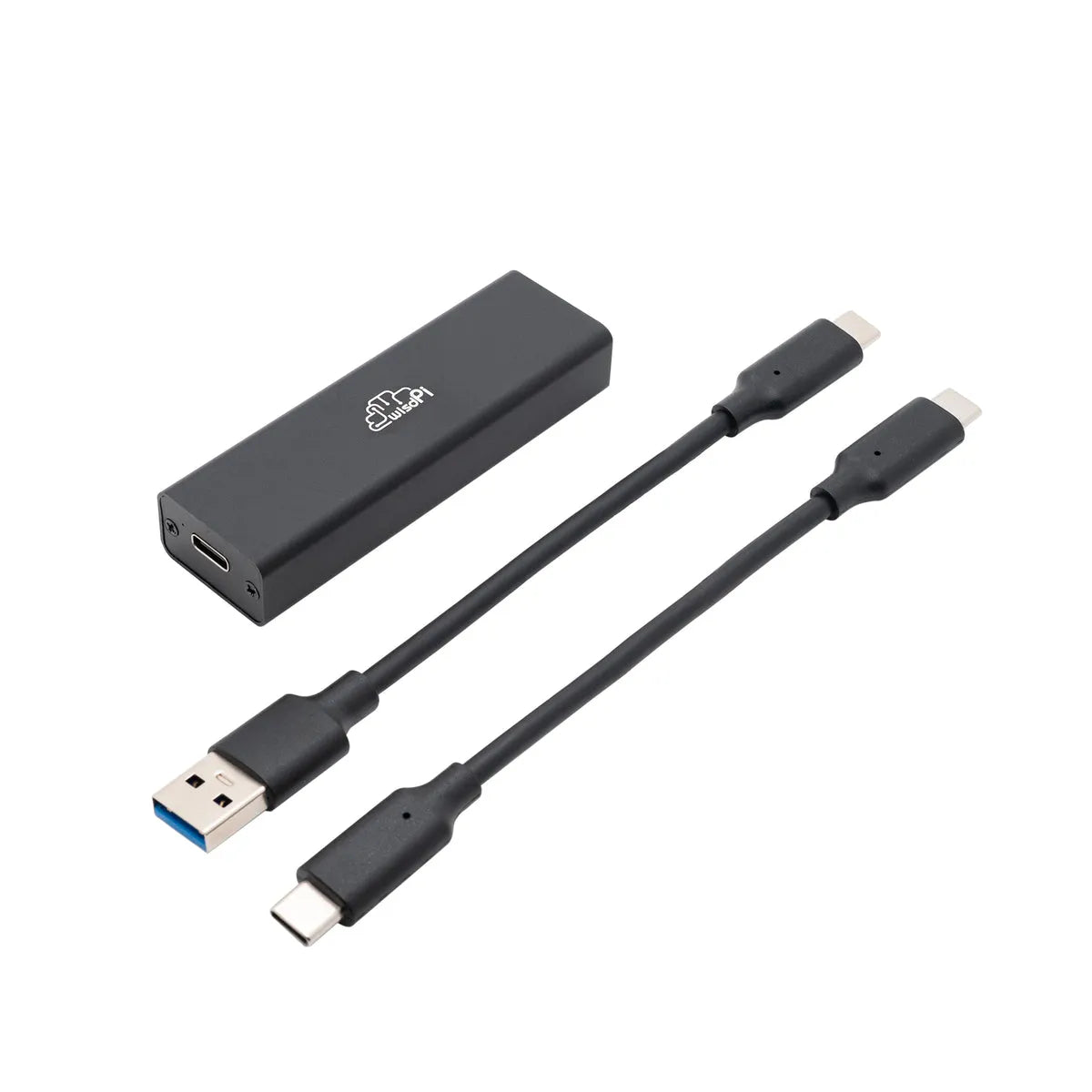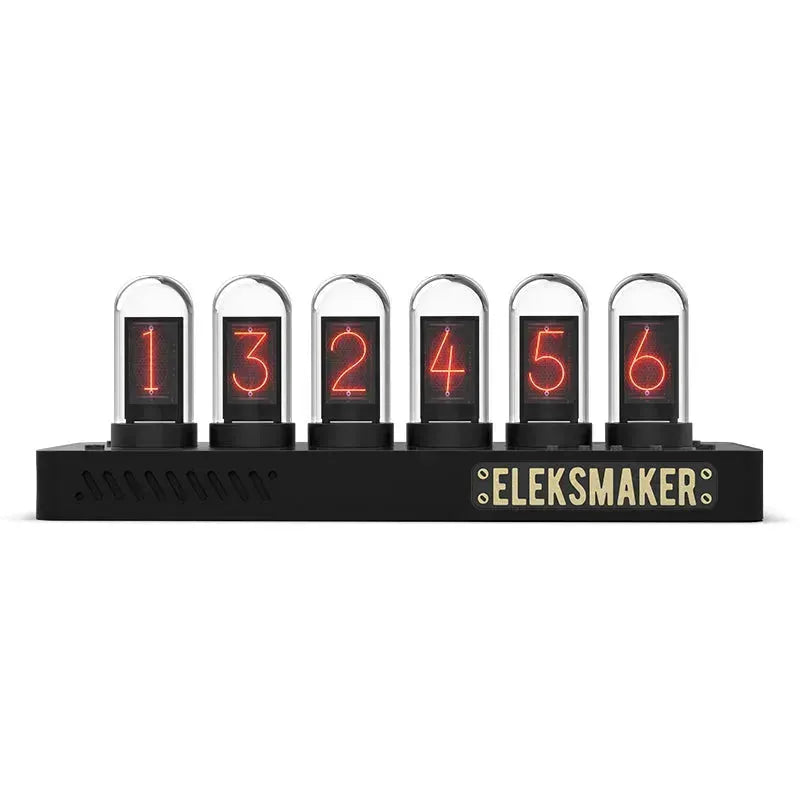In the rapidly advancing world of 3D printing, a variety of specialised printers have emerged, each designed to meet specific needs. One such innovation is the UV 3D printer. Unlike traditional 3D printers, which use filament or resin in a basic form, UV 3D printers use ultraviolet (UV) light to cure photopolymer resins layer by layer, allowing the creation of highly detailed, durable and precise objects.
This article explores what UV 3D printers are, how they work, their benefits, applications and the differences between UV 3D printing and other 3D printing technologies.
What is a UV 3D Printer?
A UV 3D printer is a type of resin-based 3D printer that uses UV light to cure or 'harden' liquid photopolymer resin into solid objects. It employs a process known as stereolithography (SLA) or Digital Light Processing (DLP), both of which rely on light sources to solidify the resin in a controlled, layer-by-layer process.
The key distinguishing feature of a UV 3D printer is its use of UV light, which can trigger a chemical reaction in the resin, causing it to harden quickly and with great precision. This allows UV 3D printers to produce models with much higher resolution than traditional Fused Deposition Modelling (FDM) printers, which use thermoplastic filaments.
How Does a UV 3D Printer Work?
Resin Preparation
UV 3D printers use specialized photopolymer resins that are sensitive to UV light. These resins come in various formulations, each designed for specific purposes, such as flexibility, durability, or high-resolution prints.
Layer-by-Layer Printing
The process starts with the printer creating a thin layer of resin on the build platform. A UV light source, either a laser (in SLA printers) or a digital projector (in DLP printers), then projects or shines light on the layer of resin according to the 3D model’s design. The resin exposed to the UV light cures and hardens immediately.
Building the Object
Once a layer of resin has cured, the build platform moves up or down (depending on the printer type), and the next layer of resin is applied and cured. This process continues until the object is fully built, layer by layer.
Post-Processing
After printing, the model may need to be washed with a solvent to remove excess uncured resin. In some cases, additional curing under UV light or heat may be necessary to fully solidify the print.
Advantages of UV 3D Printing
-
High Resolution and Detail: UV 3D printers are known for their ability to produce extremely detailed prints. The precision of UV light curing allows for fine features and smooth surface finishes, making them ideal for applications requiring high accuracy.
-
Speed: The curing process in UV 3D printers is fast. In SLA and DLP printers, a single layer of resin can be hardened within seconds, leading to quicker print times compared to other 3D printing methods.
-
Durability and Strength: The finished prints are typically stronger and more durable than those made with traditional filament-based methods. The photopolymer resins used in UV 3D printing can offer superior mechanical properties, making them ideal for functional parts and prototypes.
-
Smooth Surface Finish: UV printers produce models with smoother surface finishes, reducing the need for post-processing work like sanding or smoothing.
-
Variety of Materials: UV 3D printers can work with a range of different resins that offer varied properties. From flexible resins to rigid, durable materials, the material options are broad and customizable for specific applications.
Applications of UV 3D Printing
-
Prototyping and Product Development: UV 3D printers are widely used in the rapid prototyping industry, where speed, detail, and accuracy are essential. Designers and engineers use these printers to create prototypes for testing and validation before moving to full-scale production.
-
Jewelry and Fashion: With their ability to print highly detailed models, UV 3D printers are often used in the jewelry industry for creating intricate designs and casting molds. The technology is also used in fashion for creating custom accessories, shoes, and other wearable items.
-
Dental and Medical Applications: UV 3D printers are also employed in the medical and dental fields, where precision and material strength are critical. They are used to produce dental molds, crowns, bridges, and surgical guides.
-
Engineering and Manufacturing: Engineers use UV 3D printing to create functional parts for testing, including prototypes that can undergo physical stress tests. The high-resolution nature of UV 3D printing makes it a reliable choice for functional prototypes in aerospace, automotive, and industrial design.
-
Hobbyists and DIY Projects: For hobbyists, UV 3D printers are a popular choice for creating miniature models, custom figurines, cosplay items, and other DIY projects that require fine details and precision.
UV 3D Printing vs. FDM Printing
While both UV 3D printers and traditional FDM (Fused Deposition Modeling) printers are popular in the world of 3D printing, they differ significantly in terms of the printing process, material used, and the final product quality:
-
Material: FDM printers use thermoplastic filaments that are heated and extruded, while UV 3D printers use liquid photopolymer resins that harden under UV light.
-
Precision: UV 3D printers generally offer higher resolution prints with smoother finishes compared to FDM printers, which can show layer lines.
-
Speed: FDM printing tends to be slower than UV 3D printing, especially when producing fine details.
In summary, while FDM printing is more accessible and commonly used for larger, less detailed objects, UV 3D printing excels in precision and is used for applications that demand fine detail and high-quality results.
Conclusion
UV 3D printers represent a significant advancement in the world of 3D printing, offering unmatched precision, speed and material options. From rapid prototyping in industries such as automotive and aerospace, to detailed prints in jewellery and medical applications, UV 3D printing has a wide range of applications. As the technology continues to evolve, it's expected that UV 3D printers will become even more accessible, opening up new possibilities for creators, designers and engineers alike.
Whether you're a professional looking to streamline your prototyping process or a hobbyist creating intricate designs, understanding the benefits and capabilities of UV 3D printers is key to unlocking their full potential.

